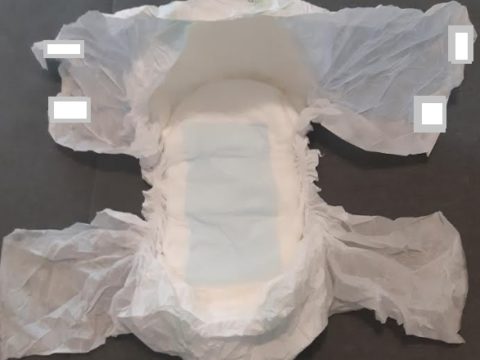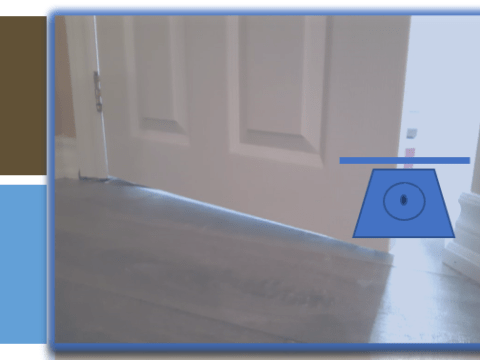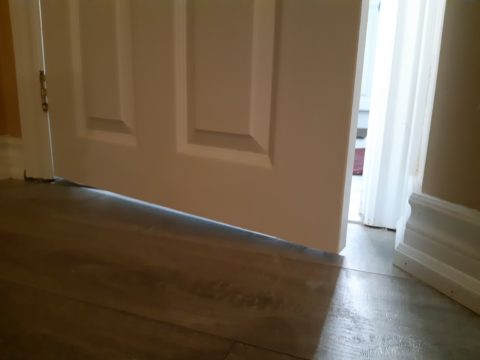
About half of stroke patients lose bladder control with the event. One-fourth leave the hospital with the problem. Still, 15 per cent deal with it at the year’s end.
What is “timed toileting (voiding)”?
The 2023 UK National Clinical Guidelines for Stroke recommend “timed toileting” to improve bladder control after a stroke.
The “timed toileting” helps to “re-train the bladder after a stroke. It is a behavioural technique. The caregiver needs to schedule a timetable for toileting and gradually increase the time in between the voids.
To achieve that, we need a timetable.
How to create a timetable
The following infographic summarises the instructions of the UCSF3 (the University of California San Francisco) Health website.
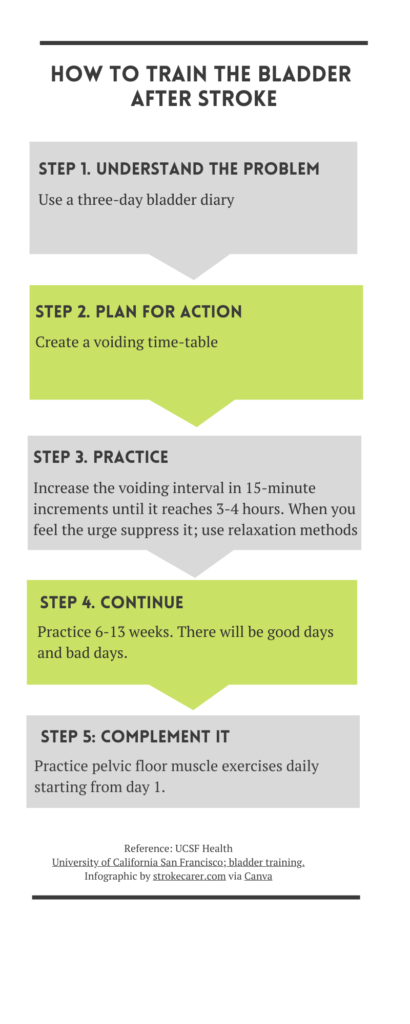
- Step 1: Create a three-day bladder diary to understand the nature of the problem
- Step 2: Create a urine void timetable
- Step 3: Increase the interval by 15-minute increments weekly until you reach the 3-4 hour interval; when you feel the urge before the time suppress it; use relaxation methods
- Step 4: Continue the exercise for 6-12 weeks; there will be good days and bad days in between.
- Step 5: Complement it with daily pelvic floor muscle exercises
The guidelines also recommend training pelvic floor muscles.
How to train pelvic floor muscles
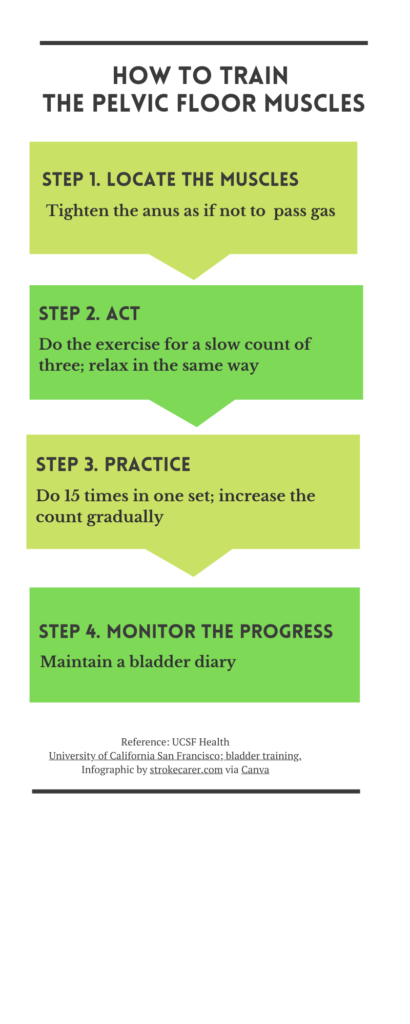
- Step 1: Locate pelvic floor muscles (read the next section)
- Step 2: Create a timetable for exercises: At breakfast, lunch, dinner, and before bedtime; make it a habit
- Step 3: Squeeze the muscles for a slow count of three; then relax in the same way; do 15 times in one set; increase the count gradually.
- Step 4: Maintain a bladder diary (download the template from their website, and modify it to suit your needs)
How to locate pelvic floor muscles (Figure 1 below)
- Method 1: Tighten the anus as if not to pass gas
- Method 2: insert a finger into the vagina and try to squeeze the finger
- In both situations do not tighten the abdominal, buttock, or thigh muscles
An educational graphic tool (Figure 1)
- Pelvic floor muscles: A graphical presentation

Image source: Wikimedia Commons from Version 8.25 from the Textbook OpenStax Anatomy and Physiology under the license of CC BY 4.0
Do you know how a stroke causes bladder problems?
Read the following posts…

- How stroke robs bladder control: strokecarer.com
- What bladder problems stroke can cause: strokecarer.com
- How measuring urine leak helps in bladder control activities
- University of Health Network: How to do pelvic floor muscle exercises: University Health Network: This includes a graphical presentation of pelvic floor muscles and some other methods of locating the muscles.
References
- Jo Booth (2019): Bladder rehabilitation in stroke survivors: who don’t nurses do it? The British Medical Journal blog/Evidence-based nursing
- Royal College of Physicians (2016): National Clinical Guidelines for Stroke, NICE accredited
- University of California San Francisco (UCSF Health): University of California San Francisco; bladder re-training.
- University of California San Francisco (UCSF Health): University of California San Francisco; pelvic muscle exercises
- Stroke Network, SouthWest Ontario: Module 4: Incontinence.
